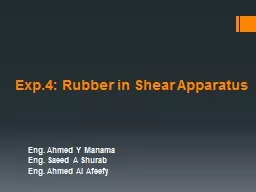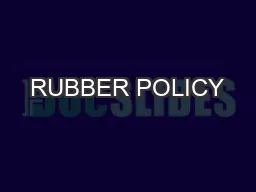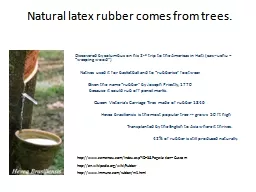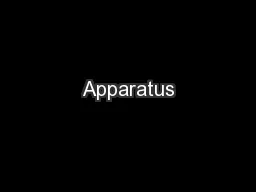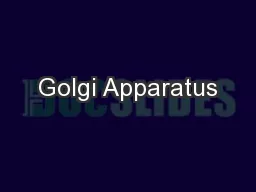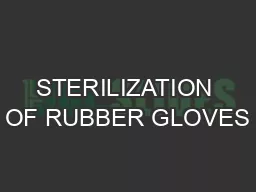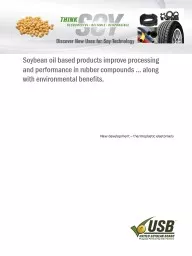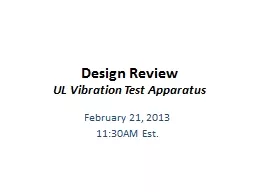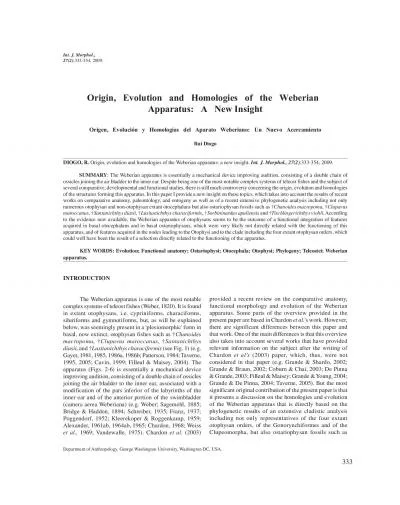PPT-Exp.4: Rubber in Shear Apparatus
Author : mitsue-stanley | Published Date : 2017-06-14
Eng Ahmed Y Manama Eng Saeed A Shurab Eng Ahmed Al Afeefy Objectives Measure the shear deformation of the block Determine of modulus of rigidity Introduction
Presentation Embed Code
Download Presentation
Download Presentation The PPT/PDF document "Exp.4: Rubber in Shear Apparatus" is the property of its rightful owner. Permission is granted to download and print the materials on this website for personal, non-commercial use only, and to display it on your personal computer provided you do not modify the materials and that you retain all copyright notices contained in the materials. By downloading content from our website, you accept the terms of this agreement.
Exp.4: Rubber in Shear Apparatus: Transcript
Download Rules Of Document
"Exp.4: Rubber in Shear Apparatus"The content belongs to its owner. You may download and print it for personal use, without modification, and keep all copyright notices. By downloading, you agree to these terms.
Related Documents

